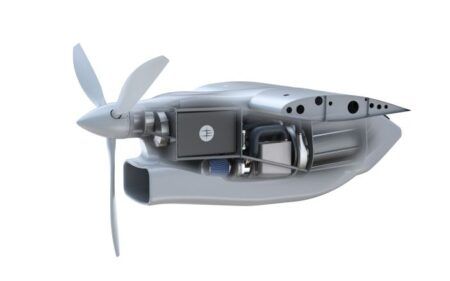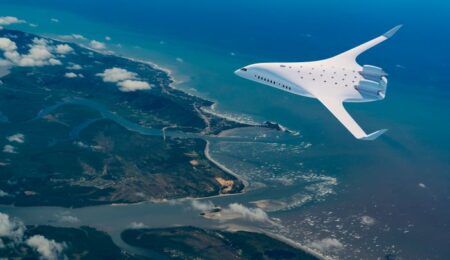Deutsche Aircraft has chosen Pratt & Whitney’s PW127XT-S engine to power the eco-version of its Dornier 328, the D328eco it is developing.
The D328eco is a 40-seat turboprop based on the 328 aircraft. The 328eco will be SAF (sustainable aviation fuel) compatible and feature a new flight deck based on Garmin 5000 avionics suite.
Deutsche Aircraft is planning to start flight testing the D328eco in 2024 and for the aircraft to enter into service by end of 2025. The first prototypes of the D328eco will be built at the company’s base in Oberpfaffenhofen Munich.
The PW127XT-S will be the third variant in Pratt’s XT series of engines and will be developed according to the D328eco’s timeline.
“We have worked closely with the D328eco team over a number of years to develop the best engine option for the aircraft,” says Maria Della Posta, president of Pratt & Whitney Canada. “The PW127XT-S provides airlines 40% more time on wing, a 20% reduction in maintenance costs with only two scheduled events over 10 years, and a 3% improvement in specific fuel consumption.
“We support Deutsche Aircraft’s vision of building a green aviation company and we’re confident that the PW127XT-S is the ideal match for the D328eco.”
Dave Jackson, managing director of Deutsche Aircraft said, “In addition to the engine selection announced today, Deutsche Aircraft and Pratt & Whitney Canada will collaborate on novel propulsion technologies for next generation, climate friendly, highly efficient regional aircraft.
“Turboprop technology remains the most efficient and eco-friendly form of regional air transport available in the world. Our two companies recently agreed to cooperate on enabling the PW127XT-S engine powering the D328eco to run on a 100 percent SAF including hydrogen-based Power-to-Liquid (PtL) fuel.”
“We seek not only to achieve the maximum CO2 emissions reduction possible, but also look for real operative propulsion efficiency improvements compared to today’s technology. This would mean a reduction in the order of 15 to 25 percent block energy on a typical regional mission.”





